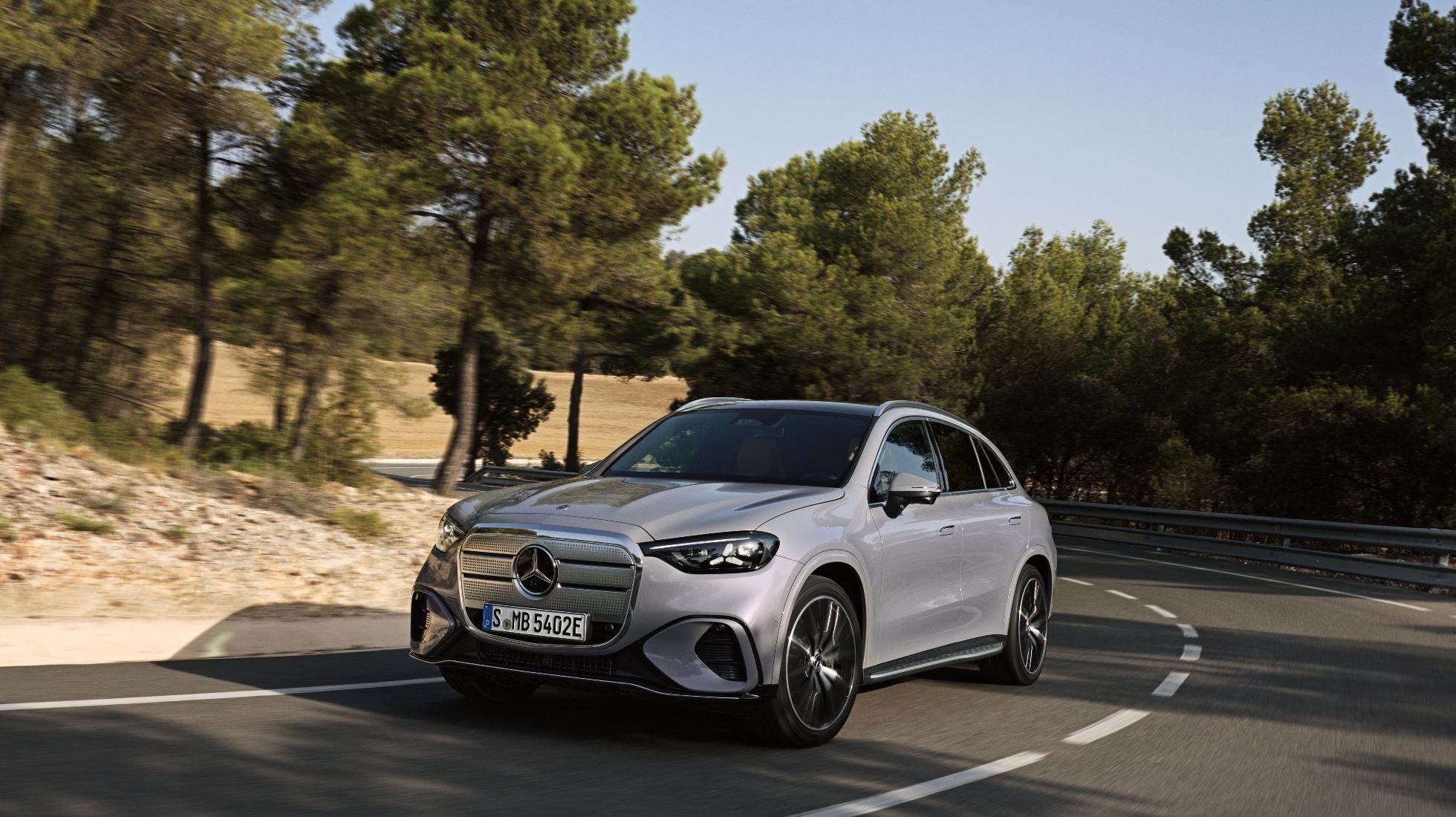
In today’s increasingly tough economy, how does a car company win? Car companies across the country are feeling immense pressure with shrinking segments, shrinking price acceptance and acute pain from new players in the market, most notably from Chinese manufacturers. So how does any car company thrive here?
GWM, sits in a slightly advantageous position. GWM is one of the longest-standing Chinese players in the market having been in the country for more than 18-years now. That time and its considerable effort in creating a sustainable business here makes it one of the top-selling OEM’s in the market, because it has managed to get over the stigma that is sometimes associated with Chinese OEM’s. It has cemented itself into the market so well, that its Haval and GWM brands have become well known, household names. The same can’t be said of its newest Tank and ORA brands but that’s simply down to them being so new.
Part of its business strategy has been to offer a product range that the market wants, listening to media and customer’s feedback and then responding with the right product at the right time and at the right price. The P300 on test here, is one such product. This segment has been dominated by the likes of the Ford Ranger, Toyota Hilux and Isuzu D-Max, long-standing stalwarts in the game. But gradually, the P-Series has carved out its own niche with consistently strong sales. Whilst it has never challenged the cars mentioned above in sheer volume, its sales have certainly ruffled the feathers of the likes of the Nissan Navara and Mazda BT-50(while it lasted), and it seems to consistently outshine the likes of the Mitsubishi Triton, Peugeot Landtrek and JAC T-Series. If the P300 is anything to go by, there’s more to be taken in the segment.
The P300 cuts an excellent first impression. Its design is in keeping with where the lifestyle LCV is headed – modern, smart, large and handsome. With bold new grille elements and 18-inch wheels below body-coloured wheel-arch extensions, the P300 is a fresh and appealing design, fully carried over into the cabin experience. The cabin is modern GWM, with signature aviation-style gear-shifter with paddles behind the wheel, a smart cabin with 12,3-inch infotainment and a 7-inch driver’s display. But it doesn’t just look and feel good, it’s a practical and well laid-out cabin. Ventilated seats are a win, as is the improved infotainment system. I still question the absence of temperature buttons on the button array, but that said, the layout is far better than it used to be and that extends down towards the 4x4 system and its operation.
Don’t be too concerned about perceived build quality here. The GWM P300 presents an excellent value-for-money feel and its made more known as you hit the road. There’s a refinement and a ride quality that is just excellent. 135kW of power is down on some of its rivals but you’d hardly notice from the way it drives, pulling with absolutely adequate power through a generally good 9-speed transmission. It’s built for improved consumption and comfort on the open road, only tending to show something less than perfection as you use the paddles and when off-roading. As an on-road mile-eater, it’s a fantastic cruiser. I’d have liked a slightly harder steering as the speed builds up, the current steering softness compromises ones confidence especially on loose-surface gravel roads.
The P300 4x4 also impressed me off-road. We put the car through its paces traversing a fairly tough 4x4 track littered with large boulders and loose shale all laid out on a steep climb to the top of the Magaliessburg mountain range. The 4x4 system is an easy, push- button system that performed as well as its Japanese counterparts. Its shortcomings were down to three things: Tyres first and foremost. This isn’t really a criticism but simply an observation that can be heaped on any of these lifestyle LCV’s. The P300 is shod with 265/60 R18 tyres, built for the very purpose of comfort described above. The P300 LTD variant is fitted with more all-terrain tyres should you be more interested in a car with a bit more 4x4 competence. The second is ground clearance with the P300 seeing a few scrapes on rocks where some others didn’t. Again, this is simply something to bear in mind. Lastly, the transmission seemed to struggle to find the right gear on the right incline holding on to a gear for too long either way. What was really impressive of the P300 when off-roading was a very good turning circle even with the differential locked and in low range. This is a clear difference compared to rivals, very helpful when trying to negotiate narrow, winding tracks.
From a practical standpoint, the P300 has everything you may expect in a product like this. From fold-up rear seats to side steps to roof rails, and even a nifty tailgate step that allows easier access into the load bin, it’s a fully considered product.
Consider though, that the LTD model will be more suited to off-roading than this car. This P300 with its handsome colour-coded wheel arch trim will definitely attract more scratches and scuffs than you may want so depending on your lifestyle, you may want to opt for the more 4x4-suited LTD derivative.
The GWM P300 is an excellent product, the result of GWM clearly listening to its customers and stakeholders. It is undoubtedly a product suited to South Africa far more than its P500 sibling. The turbo-diesel engine is strong, the refinement and features are commendable, its towing ability of 3,5-tons and price tag of less than R650 000 puts it squarely into a bracket where it’s tough to argue against. It’s a winner for sure. And for those that aren't too keen to scuff the colour-coded paintwork, there's an option for you too.





Enter your email address to receive regular Top Gear SA newsletters





.jpg)

